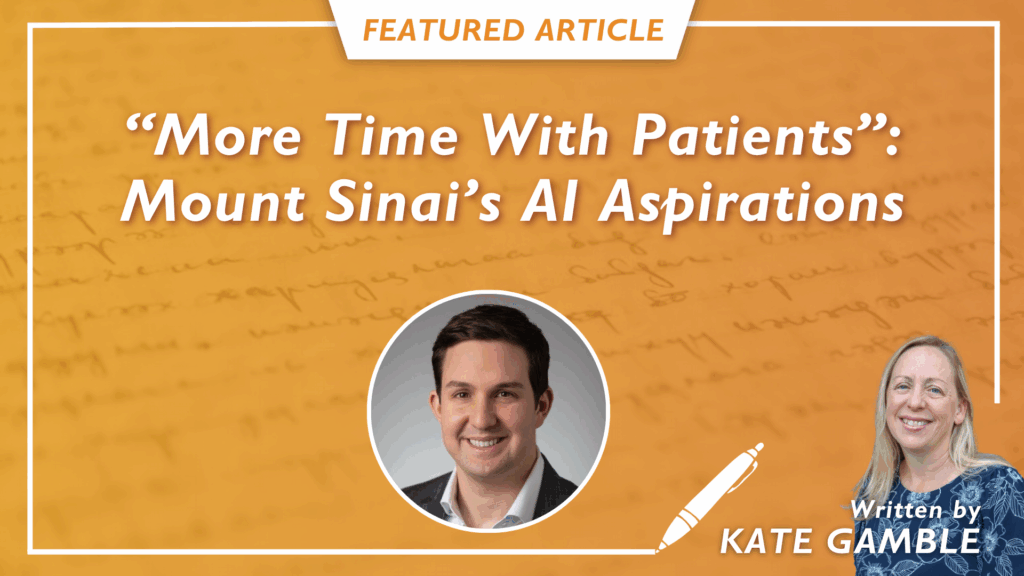
If you want to know where the biggest challenges exist, the best plan is to go right to the source. And in healthcare IT, those sources are the physicians and nurses who provide care – and as such, utilize technology – at the front line.
Or better yet, let those individuals come to you.
At Mount Sinai Health System, that’s been the strategy, according to Robbie Freeman, RN, Chief Digital Transformation Officer. “One of our biggest challenges is how to stay focused on the right problems.” To that end, “we’ve made it possible for anyone in the company to submit an idea for an AI project and we put it through a review process.”
One of those ideas came from a wound care nurse who asked if AI could be leveraged to identify patients at risk for developing pressure injuries while at the hospital, which could result in as much as $45,000 in added costs. Freeman’s team partnered with the nurse to build a tool that notifies staff of high-risk individuals and utilizes evidence-based interventions to prevent wounds from emerging or worsening.
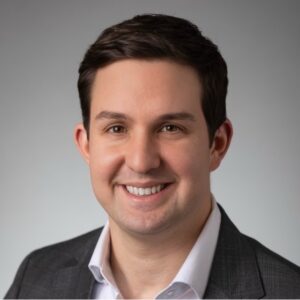 “Not many organizations can go all the way from someone introducing an idea to developing software and executing it,” he said, noting that the key to Mount Sinai’s success is in having a “co-designed, iterative approach” and an agile operating model” that allows them to move at the right speed.
“Not many organizations can go all the way from someone introducing an idea to developing software and executing it,” he said, noting that the key to Mount Sinai’s success is in having a “co-designed, iterative approach” and an agile operating model” that allows them to move at the right speed.
It starts with having a solid governance model, noted Freeman, who recently took on the role of Chief Digital Transformation Officer after previously holding several clinical leadership positions. “Sometimes it’s not the technical work that holds us back. Sometimes it’s the people, process, and change management side of things,” he noted. “We’re working with very busy clinicians. And so, we need to make sure we have operational alignment for the things that we work on and that policies and guardrails are in place.”
Those guardrails must be in place right out of the gate as requests are reviewed to ensure that they’re doable and that they’re solving a specific problem – one that isn’t already being addressed. And that means implementing not just a steering committee with top-level executives that “helps set the direction and establish end goals,” but also an AI review board and a risk, ethics, and policy committee tasked with ensuring tools are used responsibly.
“It’s really important, especially for any tool used for clinical decision making, that we understand how it’s going to be used and that it’s not going to increase disparities or cause any harm before we implement and turn it on,” Freeman said.
Where it can get complex is with tools developed externally, he noted. In these cases, it’s critical to maintain strong relationships with vendors and engage with organizations like the Coalition for Health Artificial Intelligence.
One of Mount Sinai’s most successful use cases involved calculating fall risk. Through machine learning, information that had been entered into the EMR surfaced much more quickly than with the legacy solution, which required timely extractions. Now, users can pull up valuable information such as medication lists, lab results, and clinical notes. “For a long time, nurses have standardized documentation into structured fields, which can really boost performance,” he said. “But it was hidden in the EMR.”
With the new risk model, “we have fewer patients with yellow socks and wristbands, and we can focus our interventions on the patients with the highest risk for falling.”
Another win – one that earned national recognition from Hearst Health and the UCLA Center for SMART Health – is NutriScan AI, a tool designed to facilitate identification and treatment of malnutrition in hospitalized patients. Leveraging machine learning capacilities, NutriScan helps dieticians prioritize patient cases, which has already made a significant impact. “When you can treat that underlying nutrition, you can move the needle on important metrics like wound healing time and prevent readmissions – sometimes even death.”
Of course, not every initiative will yield success and some will be more complex and costly than others, Freeman said, emphasizing the importance of careful consideration and thorough testing with any solution.
The other key criteria? Ensuring that leaders aren’t just adding tools, but are also removing some. “If we continue to adopt AI in a responsible way, it shouldn't feel like more work. It should feel like more time with our patients,” he said. “That’s how we’re thinking about it. We don’t want there to be a new tool popping up every day. It’s about finding ways to make existing workflows better and better.”
It’s also about focusing on the greatest needs and prioritizing them. Case in point? Nursing documentation, for which Mount Sinai is leveraging automation. “Some of it’s not even AI. It’s going line by line, row by row to see what we can remove,” he said. It may not be complex, but it has already helped shave up to 20 minutes per nursing shift.
“We’re focused on making the experience better,” Freeman said, adding that the ultimate goal with AI is to get the right patient to the right clinician at the right time. “That’s been our mantra for this work – using AI to prioritize. It’s never replacing our clinical decision making; it’s helping to augment and sift through the vast amount of information we have in the EMR that a human can never possibly review. That’s how we look at it.”
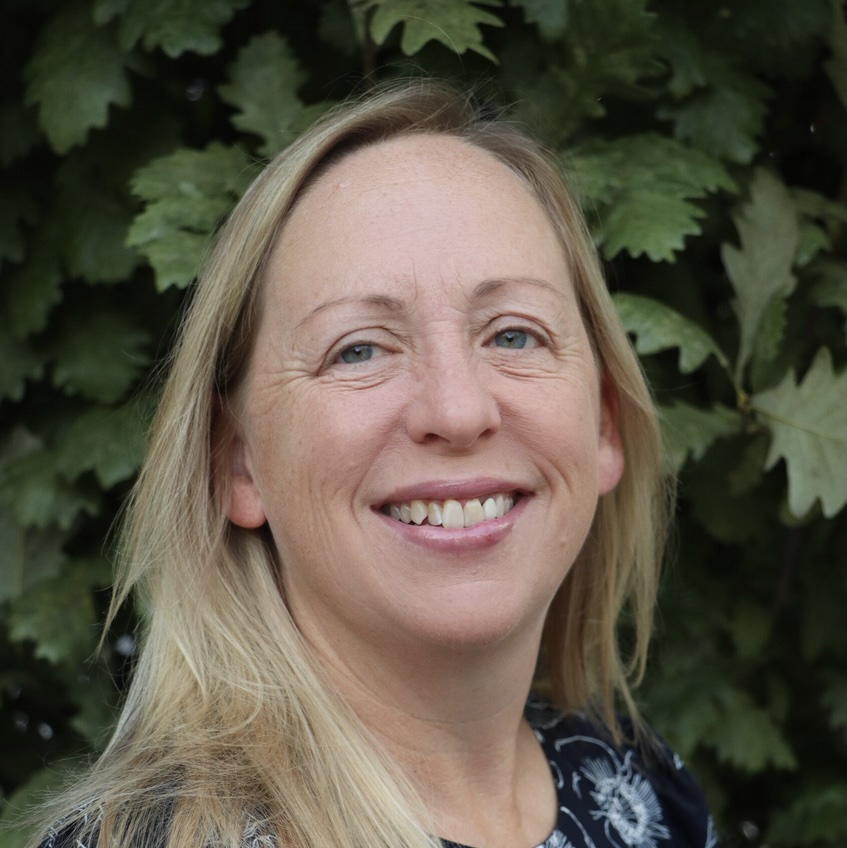
Questions about the Podcast?
Contact us with any questions, requests, or comments about the show. We love hearing your feedback.
© Copyright 2024 Health Lyrics All rights reserved